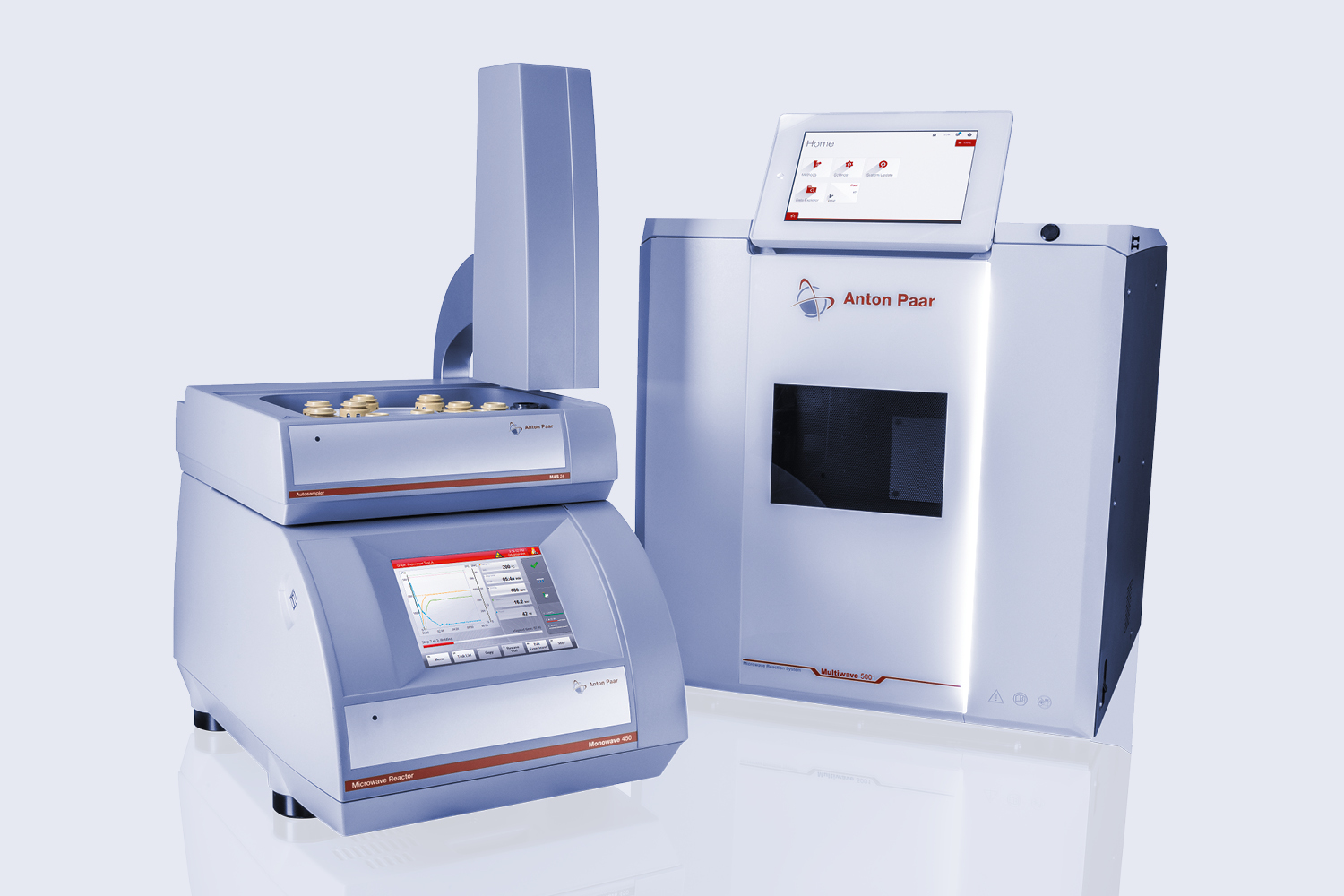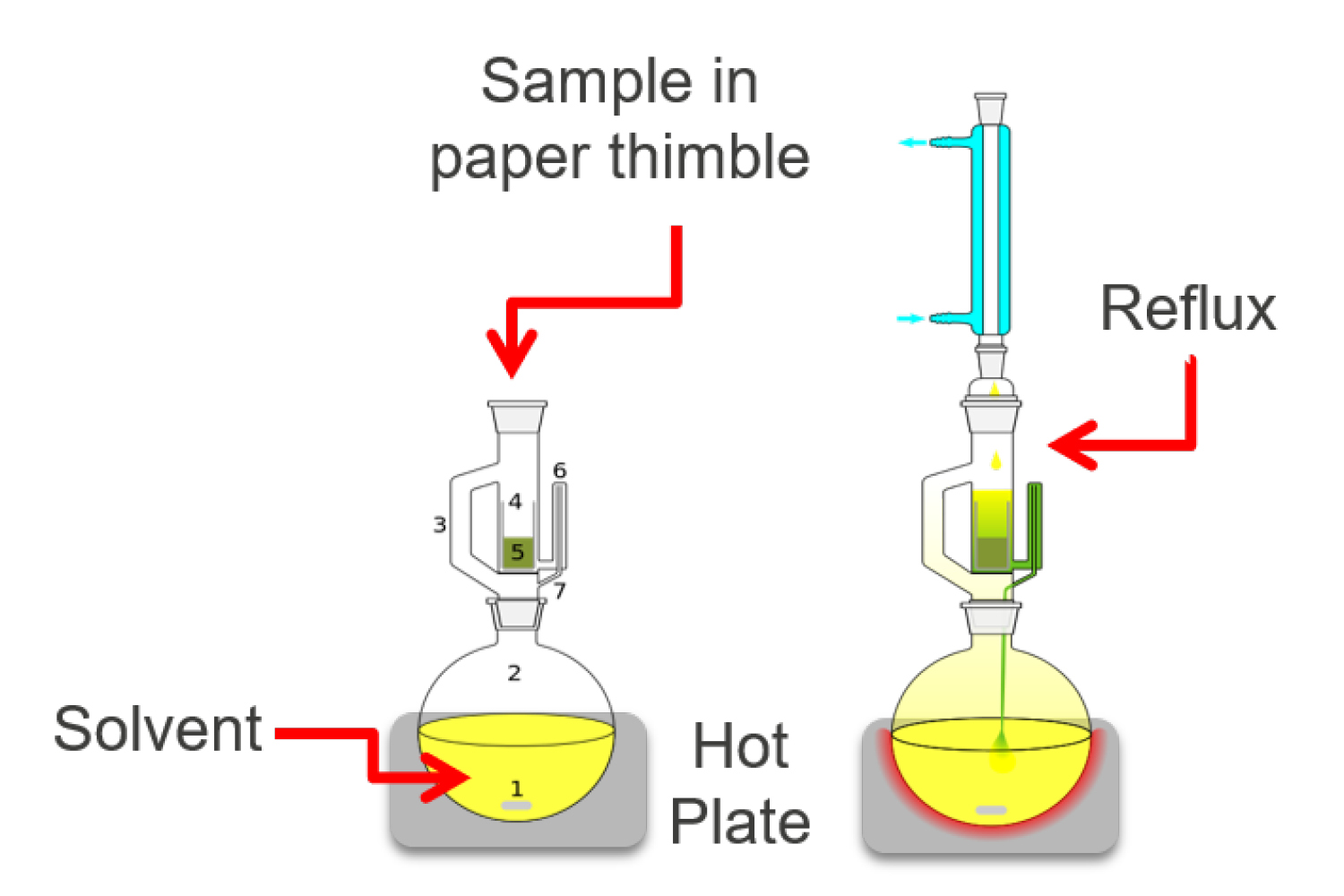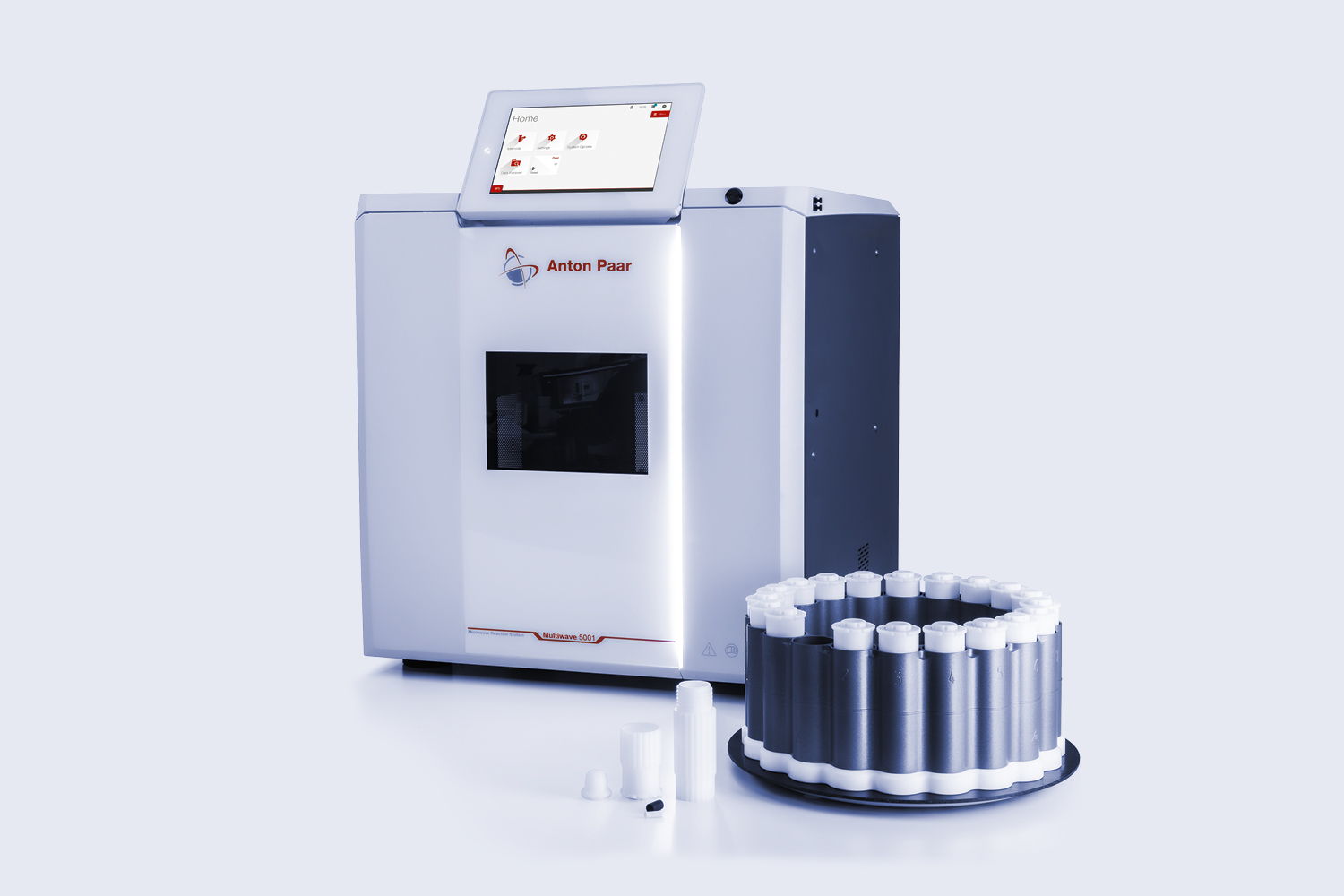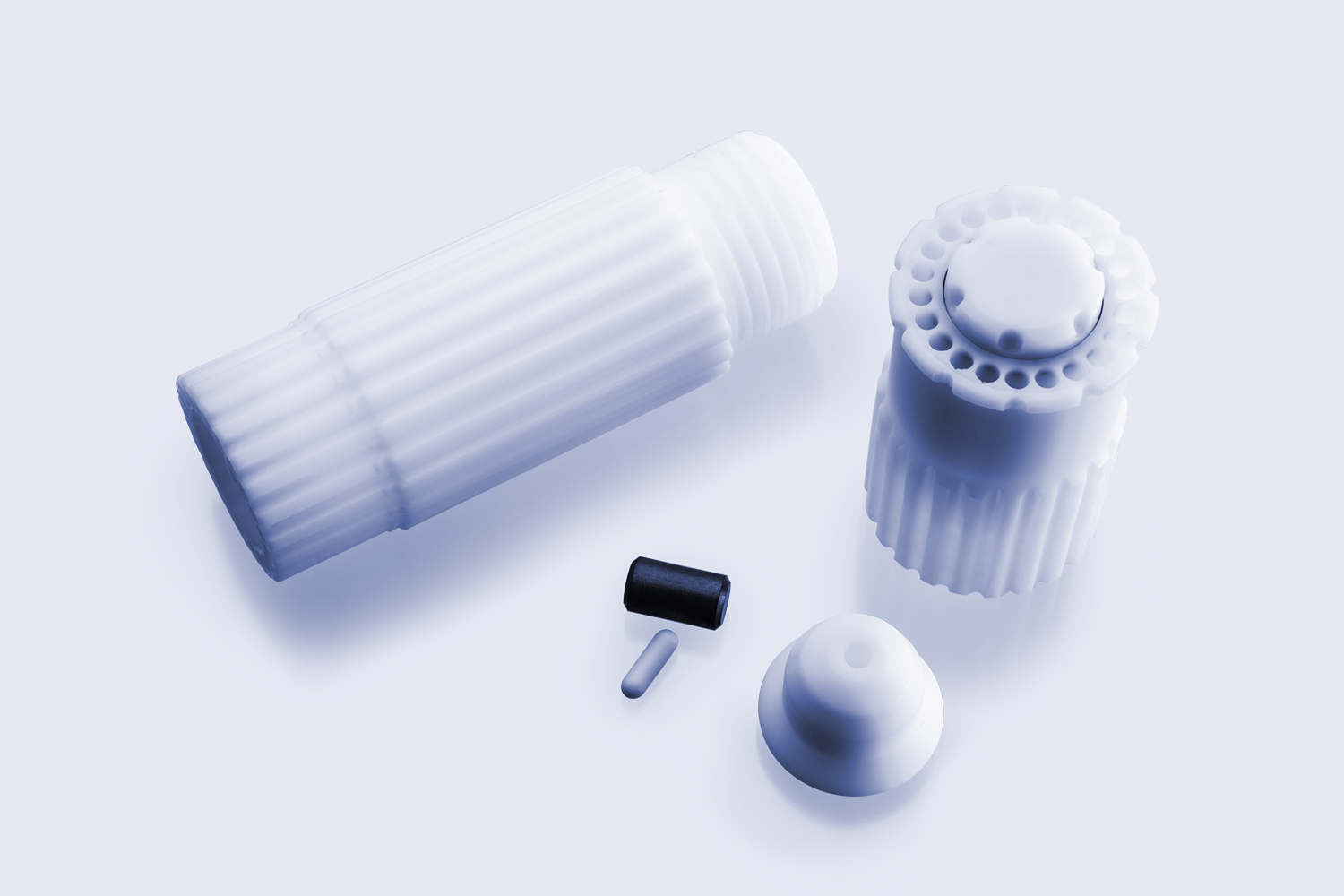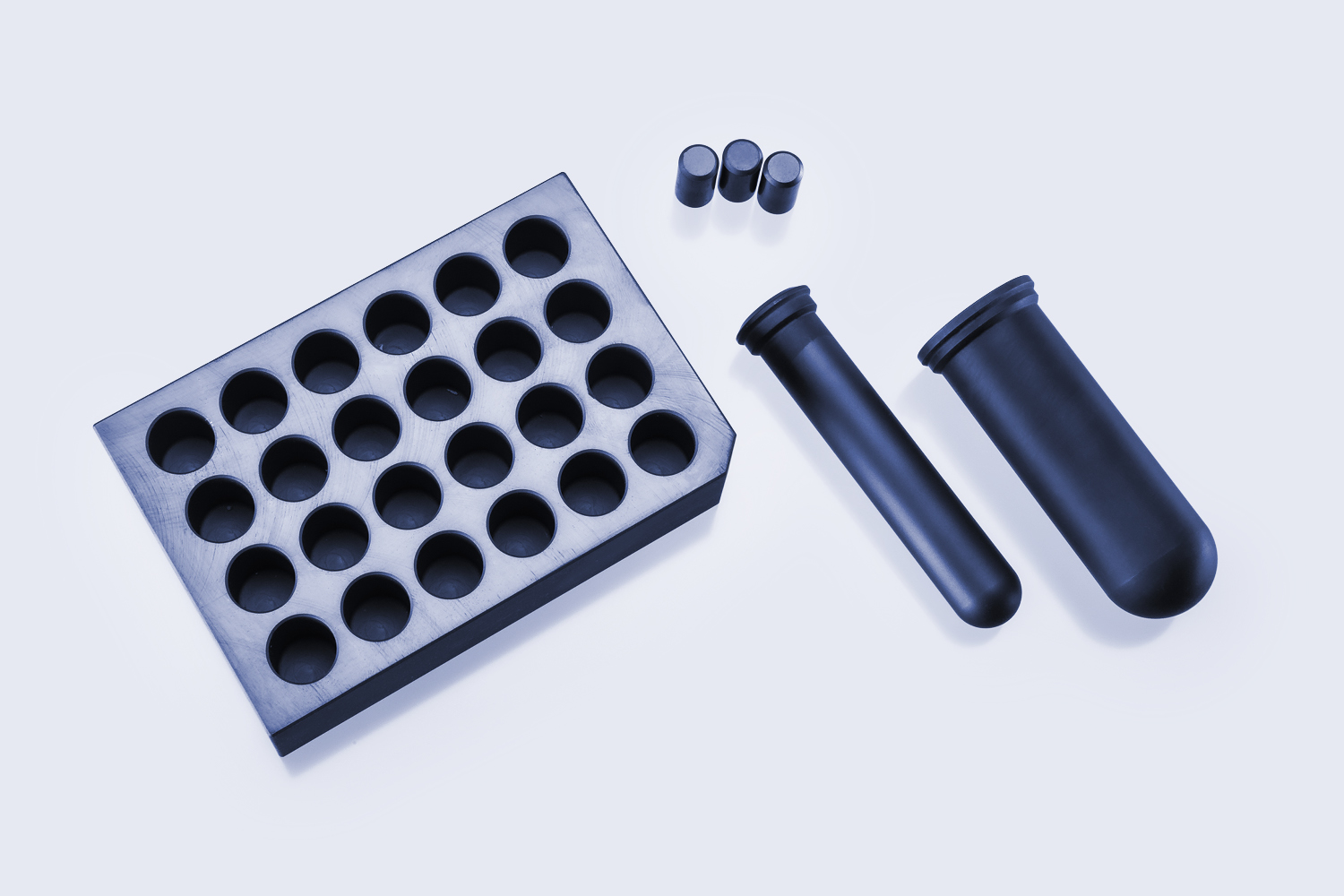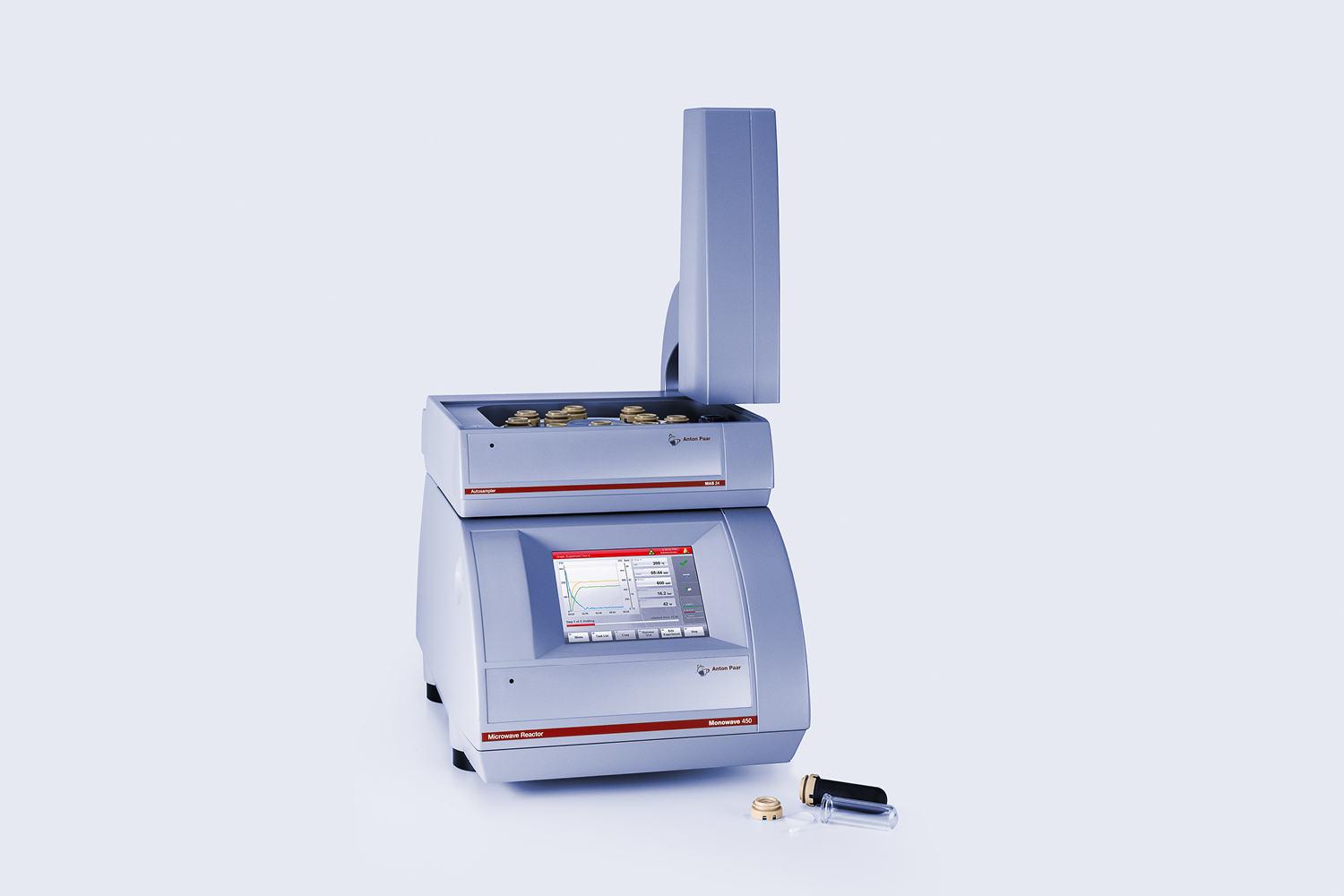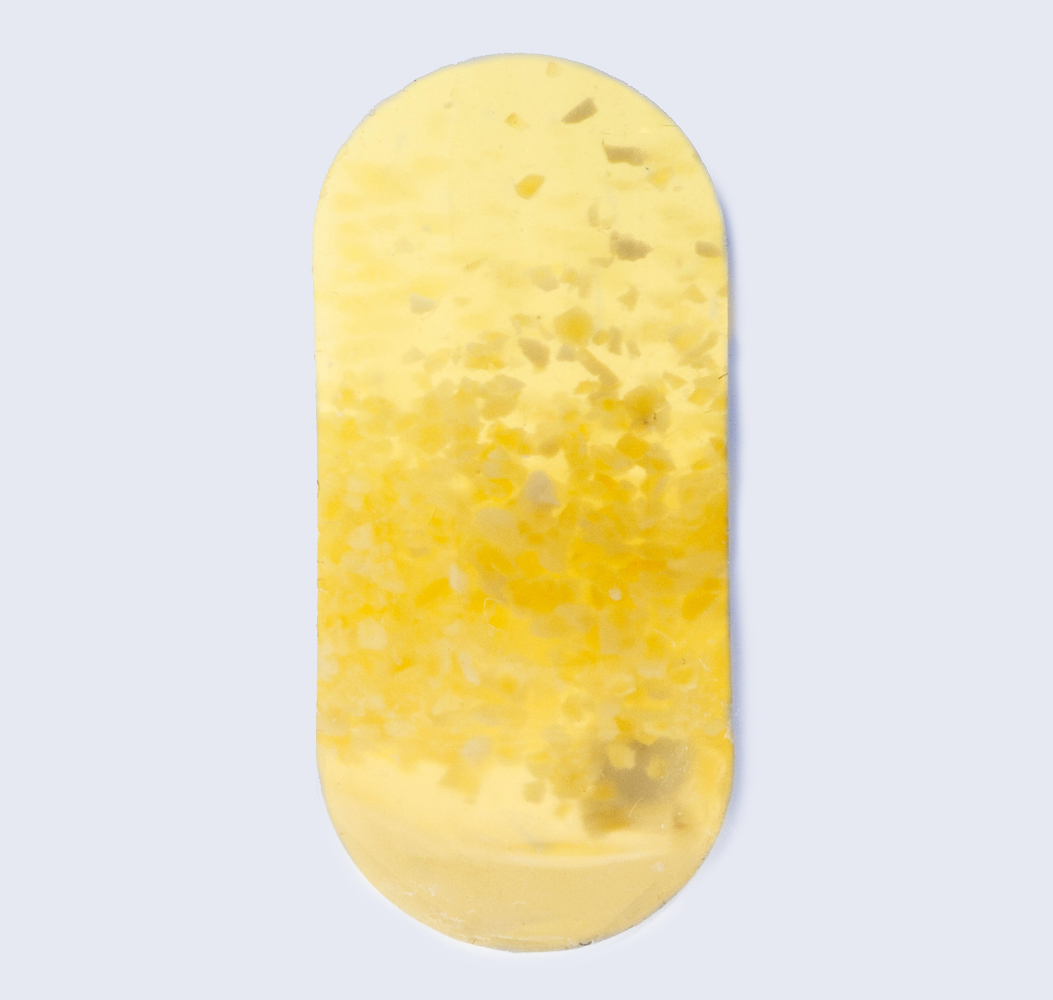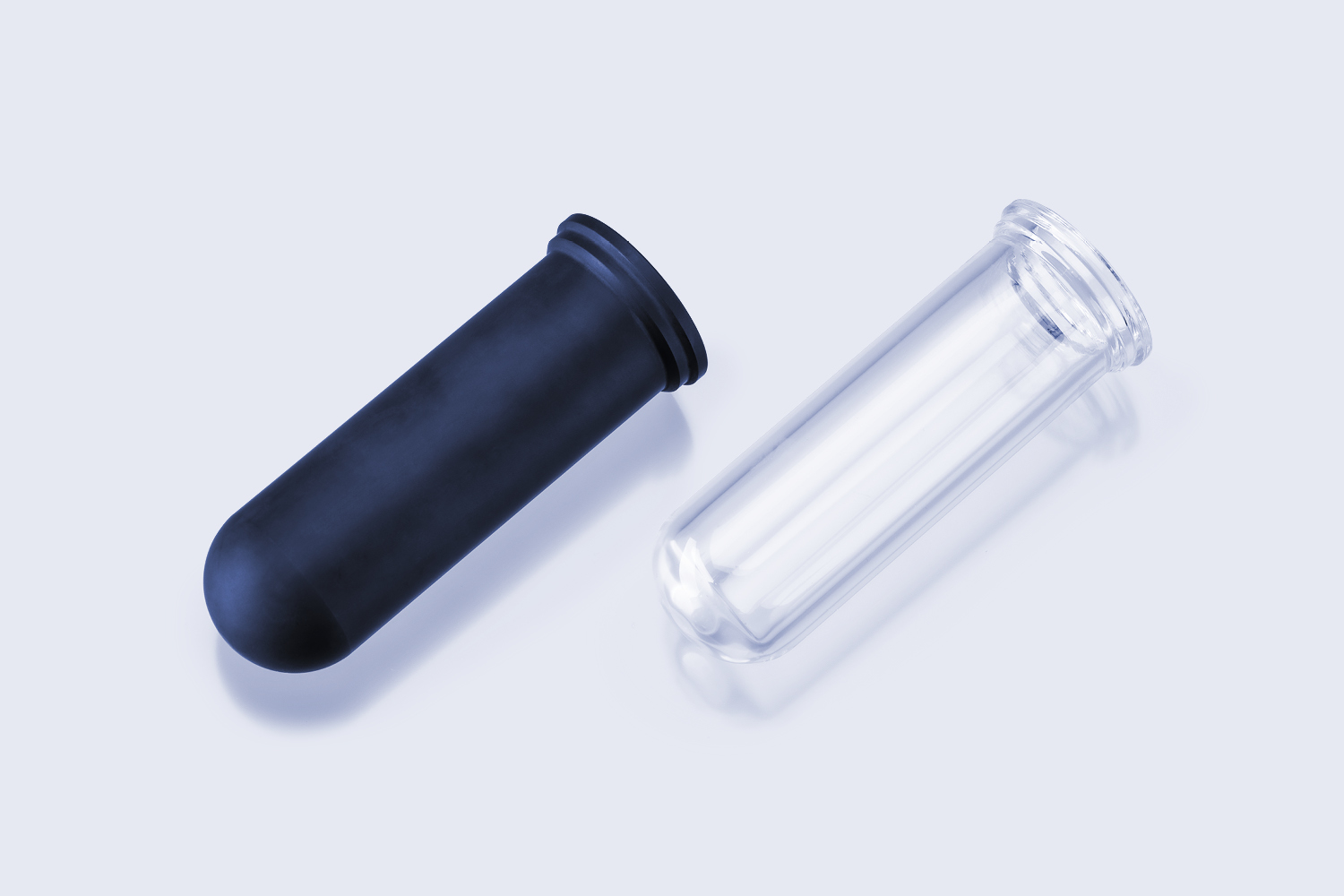Microwave-Assisted Extraction
An Introduction to Microwave-Assisted Extraction
Solvent extraction of solid samples is a non-destructive sample preparation method for separating mixtures by exploiting differences in the solubility of components. By choosing proper solvents, aided by heating, the analytes of interest are transferred into the solvent and can be directly analyzed after phase separation.
The major tasks with regard to extractions are separation of contaminants from various matter for purification or quality control, isolation of valuable organic compounds from plants or animal tissue, and fat determination in food and feed.
Depending on the sample material, the analytes of interest may range from various bioactive compounds, organic dyes, or fragrances, to additives like softeners or flame retardants, and to persistent contaminants such as PAHs.
Classical methods for solid-liquid extraction, like Soxhlet, usually suffer from several drawbacks. The methods are rather time-consuming (extraction times from hours to days are typical for Soxhlet extractions) and require high amounts of solvents, whereas the possibilities of automation are limited.
That is why several modern techniques have been developed, with accelerated solvent extraction (ASE) and microwave-assisted extraction (MAE) the most popular.
MAE is a fast, efficient, environmentally friendly method for extracting organic compounds from various matter such as herbs, flowers, fruits, seeds, marine organisms, plastics, soils, and sludge.
By using microwave energy in combination with effective magnetic stirring, MAE heats solvents and samples quickly, reducing extraction time to typically 15 min to 30 min and minimizing solvent consumption compared to traditional methods. Especially the latter leads to substantial savings in running costs compared to other extraction systems. This modern technique also improves extraction yields and selectivity while preserving sensitive compounds, making it ideal for applications in pharmaceuticals, food, and environmental analysis.
Industrial norms for MAE
To ensure consistent, safe, and effective extraction, particularly in industries such as environmental science, pharmaceuticals, and food, several norms for microwave-assisted extraction have been established. These guidelines assist in preparing samples efficiently for appropriate analytics. The most common and frequently used microwave protocols include:
- EPA 3546: extraction of organic contaminants from soil, sludges, and sediments
- ASTM D5765-05: extraction of organic compounds from soil and sludges
- ASTM D6010-96: extraction of organic compounds from solid matrices
- ASTM D7210-13: extraction of additives in polyolefin plastics
- EU 2015/1933: extraction of polycyclic aromatic hydrocarbons from foodstuff
- CPSC-CH_C1001-09-3: extraction of phthalates
Across these norms, certain MAE parameters are standardized, such as the solvent mixture and its volume (typically containing a polar additive to improve microwave heating), microwave power (which is of minor relevance in modern instrumentation with accurate temperature monitoring), the temperature (often in a wide range from 80 °C to 150 °C and the time, which may vary from five min to 30 min to optimize the recovery.
The given vessel size can be ignored, since it does not play a role as long as the applied volume is within the limits of the configuration.
These norms date back to a period where only oven-type multimode microwave instruments were available with a single vessel size, but can easily be adapted for the compact, more efficient, and user-friendly monomode reactors.
For example, EPA 3546 requires 20 mL of hexane/acetone (1:1) in 100 mL vessels to be heated to 110 °C, a requirement which can also be fulfilled in monomode microwave reactors. The analytical results will not be affected, regardless of whether the 20 mL are heated in a 30 mL, 50 mL, or 100 mL vessel.
Instrumentation for Microwave-Assisted Extraction
Initially, exclusively common multimode microwave ovens were used for MAE, but with increasing demand for a further reduction in solvent consumption and improved analytical equipment, where smaller sample quantities are sufficient, monomode reactors have also come into play.
Since time equals money, tools for improving economic efficiency are always highly appreciated. Besides the great advantages that result from microwave heating, the available instrumentation for microwave-assisted extraction allows for additional efficiency improvement.
Multimode reactors provide solutions for efficient extractions of various samples in parallel within a single microwave experiment.
Monomode reactors are the instruments of choice for sequential processing of single samples. With optional autosampler units, the reactions can be queued and processed unattended, one-by-one – even overnight!
Parallel processing
The multimode instruments used for solvent extractions have their origin in acid digestion for sample preparation. The same rotor types are used to conduct the microwave extractions in a parallel manner.
However, since reaction conditions for solvent extraction are moderate, fewer variations of rotors and vessels are required.
The reaction temperature of the individual reaction vessels is measured by IR; for some configurations internal temperature measurement for a reference vessel is available.
Historically, the common norms and standard procedures performed in testing labs were developed with and for multimode instruments. They therefore comply perfectly with the sample amounts, solvent volumes, and vessel sizes recommended in these industrial standards (see 1.1).
The parallel approach in multimode instruments maximizes sample throughput for typically up to 3 g of sample per vessel. A usual cycle time of less than one hour allows for processing dozens of samples per day for subsequent analysis. With larger applicable sample amounts, lower analytical detection limits can be achieved, especially when organic pollutants in soils or sediments have to be determined.
Enhancing efficiency – silicon carbide accessories
Anton Paar offers silicon carbide (SiC) heating elements, which can be added to the reaction vessels. Since non-polar solvents are often used for extractions, these additives can help to rapidly introduce heat and guarantee even heat distribution across all rotor positions.
The reusable SiC cylinders (see Figure 4) are chemically inert at the applied conditions and do not interfere with the analytes of interest. They can be simply removed after extraction, just like a stir bar.
This further increases efficiency, recovery rates, and reproducibility of experiments.
The polarity of the solvent affects microwave heating efficiency. Using SiC cylinders in microwave vessels ensures rapid heating of any solvent, allowing standardized solvent mixtures to be replaced with less-polar alternatives. This eliminates the need for polar solvents to enhance heating, simplifies solvent mixtures, and reduces solvent consumption. As a result, non-polar analytes can be efficiently extracted with strictly non-polar solvents, allowing for greater freedom when it comes to optimization of microwave extraction protocols.
An alternative option for high-throughput extractions of microsamples are silicon carbide blocks. The silicon carbide ensures rapid, uniform heating of disposable glass vials. Several such blocks can be mounted on a rotor plate, providing parallel processing of a large number of samples (e.g. 96 samples with Multiwave 5001). Hence, the setup is a reliable option for method development and quality control in multimode reactors, i.e. for extracting additives from plastics. Additionally, derivatization (e.g. esterification) can be carried out in these small vials, making certain analytes accessible for gas chromatography.
Sequential operation
The compact monomode reactors for sequential processing excel with their small footprint and precise temperature monitoring for each individual sample. Wide-neck glass vials with a volume of 30 mL allow for operational volumes up to 20 mL.
The rapid heating and fast cooling of the monomode concept further shortens reaction cycles and enhances daily throughput compared to a Soxhlet and makes it competitive with regard to a common ASE setup.
A fully equipped autosampler can process all the samples during a working day, or even unattended overnight.
Permanent in-view with integrated camera
Nowadays, modern monomode reactors are equipped with an integrated camera with an on-screen display. Just like in a common Soxhlet apparatus, this gadget enables you to watch your extraction at any time, to check whether stirring is efficient or color changes have occurred. The camera view can be optionally activated without compromising the depicted reaction parameters.
Additionally, single pictures or video sequences can be saved for documentation. The camera is directly accessible via touchscreen.
Silicon carbide in monomode reactors
The compact cavity and higher power density of monomode reactors usually allows efficient heating of non-polar mixtures even in glass vials. To further facilitate the heating of low-absorbing mixtures, reaction vessels made of SiC can be used.
Typical Applications in MAE
Typical fields of application for MAE are food testing, environmental analysis, natural products, and material testing.
Common extraction samples that can be efficiently handled under microwave irradiation are:
- Soils, sediments, and sludges
- Plant material
- Polymers, plastics, and packing material
- Animal tissue
- Food and feed
- Pharmaceuticals
- Pulp, fibers, and textiles
Whereas most of the applications deal with the isolation/recovery of organic compounds from the individual matrices, fat determination in food requires a combined hydrolysis/extraction approach.
Application examples
In this section you will find selected examples for common analytical tasks involving microwave-assisted extraction.
Extraction of PAHs from environmental samples
Polycyclic aromatic hydrocarbons (PAHs) are widespread environmental contaminants; therefore, their accurate determination, e.g. in agricultural soil and river sediments, is of substantial interest.
Following a procedure based on EPA3546, approx. 500 mg of sample are extracted in a hexane/acetone mixture at 120 °C within 30 min. This represents a significant enhancement compared to the standard Soxhlet procedure, which requires 6 h.
Reference: M. Gfrerer et al., J. Biochem. Biophys. Methods 2002, 53, 203-216
Extraction of brominated flame retardants from polymers
The use of brominated flame retardants has been widely prohibited in recent years due to suspected toxicity and persistent bioaccumulation. Determination of such additives in polymers is typically done after extraction with toluene at 125 °C. Only 250 mg samples are required for appropriate results.
The original microwave protocol recommends addition of methanol to enhance the heating efficiency, which can be omitted thanks to SiC heating elements.
Reference: A. Ranz et al. Talanta 2008, 76, 102-106
Extraction of additives from polyolefins
The determination and quantification of stabilizers and nucleating agents in polyolefins is an essential task in quality control of plastics manufacturers. The automated sequential processing in a monomode reactor allows for optimizing reaction conditions in terms of solvent, temperature, and time.
For polyolefins, extraction with ethyl acetate at 130 °C for 30 min gave the best results. The optimized conditions can be easily transferred to a Multiwave instrument for parallel extraction of different polymer samples.
Reference: L. Sternbauer et al., Polym. Test. 2013, 32, 901
Extraction of PAHs from dietary matrices
The contamination of food by polycyclic aromatic hydrocarbons (PAHs) is a constant issue for control authorities. In order to establish efficient industrially applicable procedures, a microwave extraction method for PAHs was validated in respect of European regulations. For the lead structure, benzo[a]pyrene and related compounds, extraction of various foodstuff at 120 °C for 10 min under vigorous stirring gave the best results. The optimized conditions make the microwave setup an economic alternative to Soxhlet and ASE instruments.
Reference: C. Langella, Laboratoire SCL, Internal report 2016
Fat content determination in foodstuff according to Weibull-Stoldt
Determination of fat content in foodstuff is an important analytical task for the classification of goods. The standard procedure is a two-step method according to Weibull-Stoldt, comprising acid hydrolysis of the sample and subsequent extraction of the hydrolysate in a Soxhlet apparatus.
Microwave heating provides an efficient one-step alternative to the time-consuming standard procedure by simultaneous hydrolysis/extraction in a biphasic mixture. Highly reproducible results were achieved utilizing diluted HCl as a hydrolyzing agent and petroleum ether as an extraction medium when heated at 120 °C for 45 min.
Up to 20 samples can be processed in less than one hour with a minimal need for organic solvent, whereas the standard Soxhlet procedure requires six hours per sample and an excess of solvent.
This generic protocol can be applied for fruit, vegetables, dairy products, chocolate, and processed food, such as sausage or plant-based meat alternatives.
Reference: M. Kernbichler, Diploma Thesis 2023
Further examples
Additional examples of successful, efficient extraction protocols performed with Anton Paar equipment can be found in peer-reviewed scientific publications, e.g.:
- HPTLC method for the simultaneous determination of six bioactive terpenoids in Putranjiva roxburghii Wall., S. Mishra et al., J. Planar Chromat. 2020, 33, 353–364
- Extraction methods, chemical characterizations and biological activities of mushroom polysaccharides, P. Gong et al., Carbohyd. Res. 2020, 494, 108037
- Development of an LC-MS method for the semiquantitative determination of polyamide 6 contaminations in polyolefin recyclates, A. Schweighuber et al., Anal. Bioanal. Chem. 2021, 413, 1091–1098
- Rapid extraction of watermelon seed proteins using microwave and its functional properties, M. Bhere et al., Prep. Biochem. Biotechnol. 2021, 51, 252-259
- Impact of Eutectic Solvents Utilization in the Microwave Assisted Extraction of Proanthocyanidins from Grape Pomace, R. T. Neto et al., Molecules 2022, 27, 246
- The comparison of Ocimum basilicum and Levisticum officinale extracts obtained using different extraction solvents and techniques, P. M. Batinić et al., Nat. Med. Mater. 2022, 42, 43-50
- Assessment of antiretroviral drugs in vegetables: Evaluation of microwave-assisted extraction performance with and without solid-phase extraction cleanup, P. Kunene, P. Mahlambi, Sep. Sci. plus 2023, 6, 2200059
- Bioconcentration and cellular effects of emerging contaminants in sponges from Maldivian coral reefs: A managing tool for sustainable tourism, C. Rizzi et al., Mar. Pollut. Bull. 2023, 192, 115084
- Microwave-Assisted Extraction of Trimyristin from Nutmeg using Ethanol: A Greener Approach for the Undergraduate Organic Chemistry Laboratory, T. Hossain et al., World J. Chem. Educat. 2023, 11 (2), 17–20
- Influence of ripening stage on the microwave-assisted pectin extraction from banana peels: A feasibility study targeting both the Homogalacturonan and Rhamnogalacturonan-I region, Y. Mao et al., Food Chem. 2024, 460, 140549
- Comparison of Soxhlet and microwave‐assisted extractions efficiency for the determination of herbicides in soil and maize crop: Cumulative and health risks assessment, S. Zondo et al., eFood 2024, 5, e177
